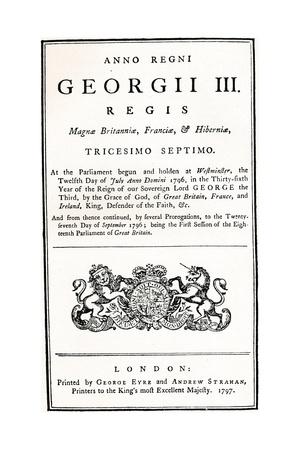

Common law did not have rules specific to military forces and common law courts could not apply military rules. Meanwhile, courts of equity and courts of common law developed and were given authority to govern civilians. Although harsh, the articles were clear in their expectations for military personnel. Therefore, military law could and would change depending on the campaign or war. The Court of Chivalry assisted the crown by preparing these articles and enforcing them. These articles applied to the army during a specific war or campaign. The crown governed the military by publishing articles of war. Its governance, as a military force, was the crown's royal prerogative. The army was seen as the crown's personal force.

This Court of Chivalry was given authority over cases of military law, chivalry, heraldry, and murder or high treason overseas. King Edward I created a Court of Chivalry headed by the Lord High Constable and the Earl Marshal, two members of the King's Court.

Over time, this court divided and developed specialized legal expertise. In England, William the Conqueror's Aural Regis (or King's Court) assisted him in ruling both his armed forces and the English population. Rulers began separating the laws governing the civilian population and the laws for the armed forces as the medieval period drew to a close. Because of this, military law (law governing armed forces) and martial law (control of society by the military) were not independent legal approaches.
#MUTINY ACT SERIES#
A closely related series of Marine Mutiny Acts starting in 1755 (28 Geo 2 c 11) would regulate His Majesty's Marine Forces while on shore, and continue well into the 19th century.ĭuring the Middle Ages, European rulers applied the same laws to both civilian and military populations. Within the empire specific geographical disturbances were sometimes governed by specific Acts, such as the Mutiny, East Indies Act 1754 (27 Geo 2 c 9), or the Mutiny, America Act from 1765 (5 Geo 3 c 33) to 1776 (16 Geo 3 c 11). Today, mutiny by British forces is punished under the Armed Forces Act 2006.ĭepending on events, additions, and changes within the established system more than one Mutiny Act might be passed within a given year.
#MUTINY ACT UPDATE#
This was extended or amended or consolidated annually (the most recent update having been made in 1995). In 1881, this was in turn replaced by The Army Act - An Act to consolidate the Army Discipline and Regulation Act, 1879, and the subsequent Acts amending the Same. The Mutiny Act, altered in 1803, and the Articles of War defined the nature and punishment of mutiny until the latter were replaced by the Army Discipline and Regulation Act 1879. The first Mutiny Act was passed in 1689 in response to the mutiny of a large portion of the army which stayed loyal to James II upon William III taking the crown of England. The Mutiny Acts were an almost 200-year series of annual Acts passed by the Parliament of England, the Parliament of Great Britain, and the Parliament of the United Kingdom for governing, regulating, provisioning, and funding the English and later British Army. 17/18th-century series of English/British laws regulating the armed forces


 0 kommentar(er)
0 kommentar(er)
